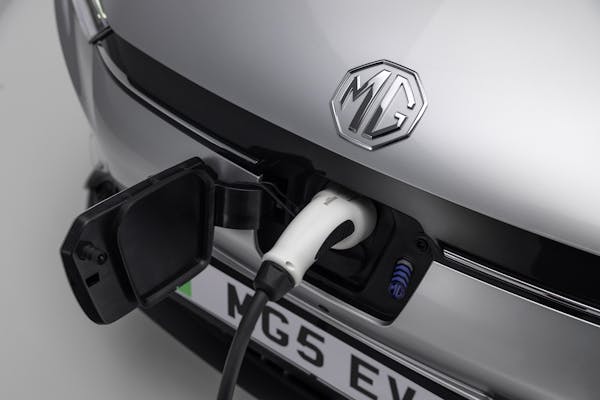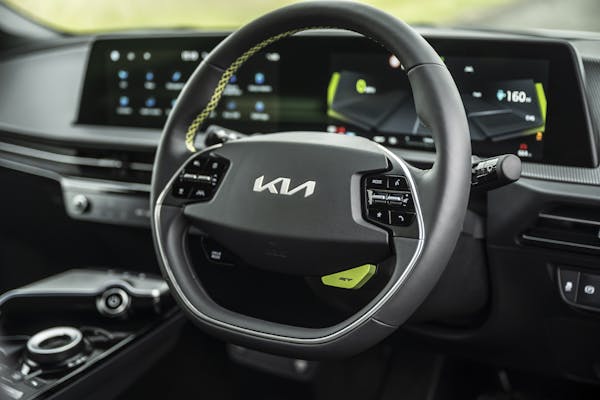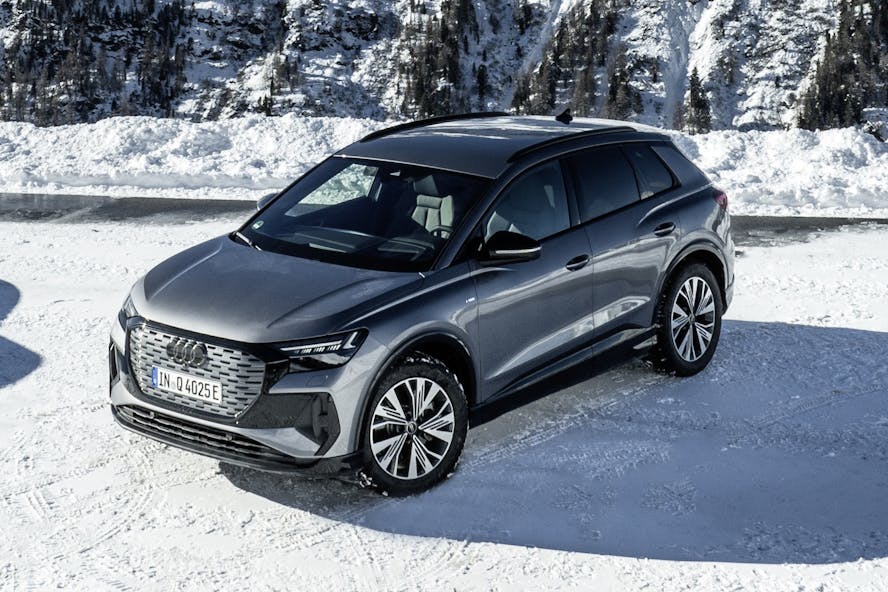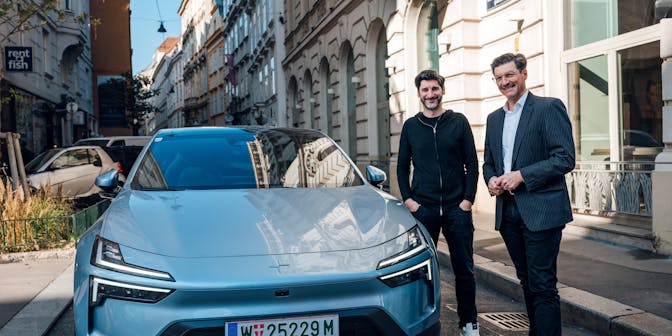Five top tips to getting the most range out of your EV during winter
When the cold weather bites and the snow falls, follow our tips to get the most miles out of your electric vehicle
Electric vehicles are hitting the UK market thick and fast, with more and more EVs driving on UK roads than ever before.
For some people new to EVs or are still to drive one, vehicle range is often cited as a concern - particularly during colder months. However, we're here to put your mind at ease. Today's electric vehicles can travel much further than earlier-generation electric cars - some such as the Tesla Model Y Long Range or Hyundai IONIQ 6 can travel significant distances between charges, follow the links to find out how far!
And there's lots of research available which stats that EVs can easily cover almost all daily car trips in the UK and that drivers often seriously overstate just how far their car travels.
That said, in winter and during the coldest days, EVs will see their available range drop. That's because the battery packs don't perform as efficiently in cold and very cold weather.
According to research by WhatCar? electric vehicle drivers could lose between 15% and 20% of their cars predicted range on the coldest days. On the DriveElectric website, we use a simple to understand range 'worm' which shows expected winter ranges.
Wondering how you can eke out the maximum mileage from your electric car during the colder months? Here are our top tips!

1. Plug in and preheat your car
Our first piece of advice would be to preheat your electric vehicle while you're plugged in at home. It sounds silly but heating a car uses a lot of energy. If you do this before you unplug you’ll be using power from the mains rather than draining your EVs battery. This means you can easily hop into your warm vehicle with a full charge.
It’s also worth noting that you can use this trick wherever you choose to charge your vehicle. Does your workplace have charge points available? If so, why not take advantage and warm the car up before you leave?

2. Warm up the passengers - not the EV
Speaking of warming up, we would also suggest trying to warm up your passengers rather than the whole vehicle itself. As we’ve said, having the heaters on full blast can drain an electric vehicle's battery, but a lot of the time this is unnecessary. Instead, try restricting the heating to just the individuals in the car. You can do this pretty easily by turning off any extra air vents.
In addition to this, using an electric car’s heated seats and heated steering wheel uses far less energy than the air conditioning unit.
If you can bear it, switching off the heating completely will considerably improve your EVs range during the coldest months.
3. Slow down and use eco-mode
It might sound obvious but the faster you drive in a vehicle, the less efficient your vehicle will be. It's the same for ICE vehicles as it is for 100% electric. Dropping from 70 mph to 65 mph on the motorway can really help maximise your vehicle range. This can also make driving safer in snowy or icy conditions.
Likewise, electric vehicles come with an eco-driving mode. This will boost mileage and reduce power consumption. You can use this all year round, however you’ll really feel the benefits of eco-mode in the winter.
4. Keep the battery topped up
When it comes to charging an electric vehicle, we always suggest keeping the battery topped up regularly. If you have a home charger we recommend regularly plugging in and topping up overnight. Most EV manufacturers recommend keeping the EV battery between 20% and 80% when possible.
When it’s really cold, your electric vehicle’s battery management system will store around 15% - 20% of the battery capacity in order to heat up the battery. Ensuring your vehicle’s battery is charged before you set off will allow for any range you may lose heating the vehicle. Some EVs, such as Tesla, have pre-conditioning functions which can pre-warm the battery ensuring it's up to temp and running efficiently before setting off, even better if the vehicle is plugged in during this function.
5. Check your tyres
Tyres are a key part of a car’s performance, whether it’s a petrol, diesel or electric vehicle. When the temperature starts to drop you’ll notice that the air in your tyres contracts and the pressure falls.
Making sure you regularly check your tyres’ pressure throughout the winter to make sure they are inflated to the correct level for your vehicle.
If you live somewhere that experiences a lot of cold weather, you might also want to consider investing in winter tyres. This will maximise your vehicle’s range and make your EV safer to drive.
Owning an electric vehicle in a cold climate can present some challenges, but these can all be avoided by good planning. For more advice on driving an electric vehicle during the winter make sure you check out our tips here.

EVs in winter FAQ
Let's answer some common questions about EVs and winter
More winter driving advice
Prepare yourself for safe and stress-free winter driving! Dive into our comprehensive guide packed with essential tips and advice to navigate the roads with confidence this winter
More EV guides
Understanding Vehicle Excise Duty (VED) or "Road Tax" for EVs

How to save money on a new car with Salary Sacrifice
How is salary sacrifice calculated?
